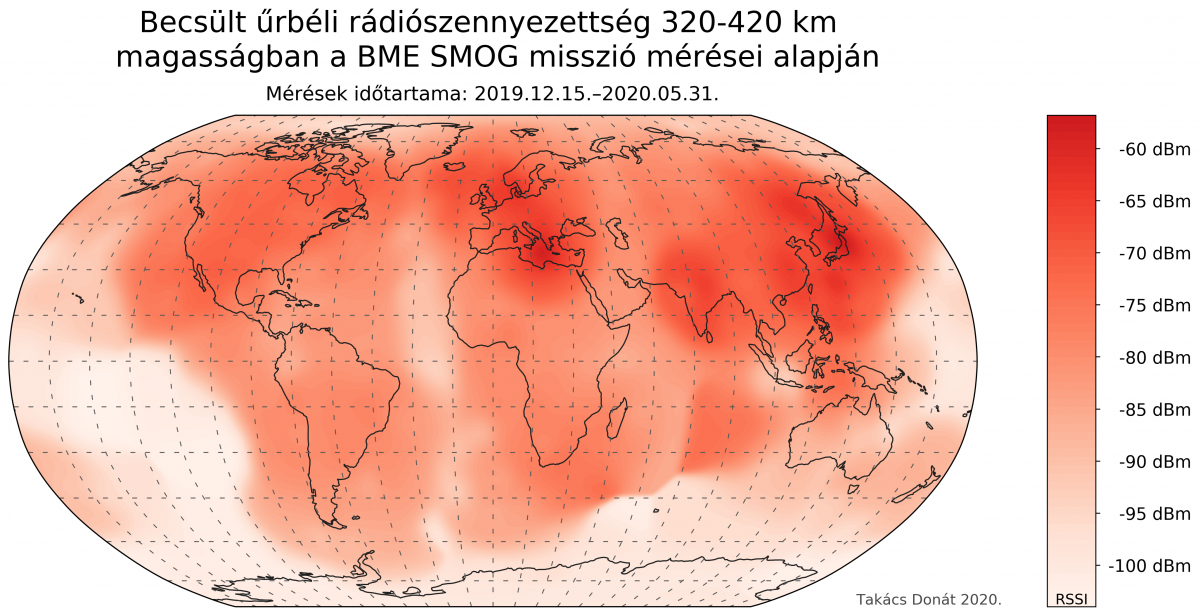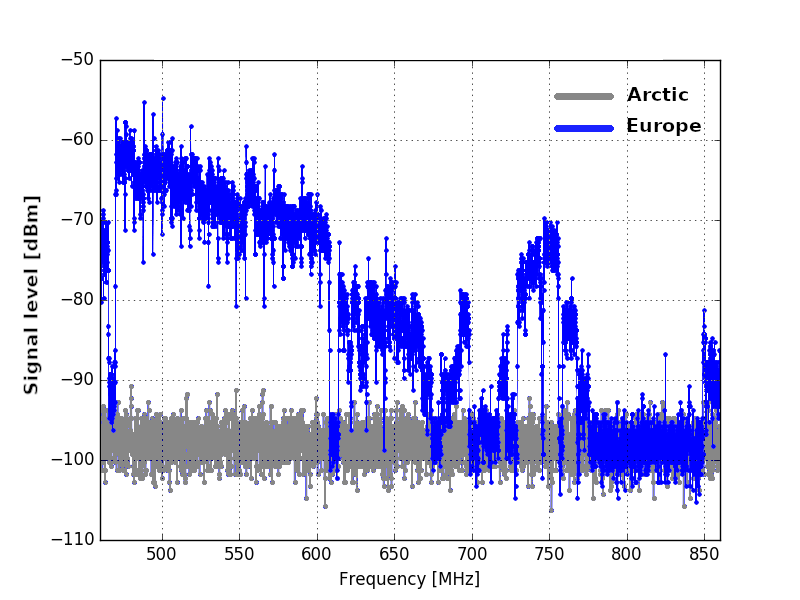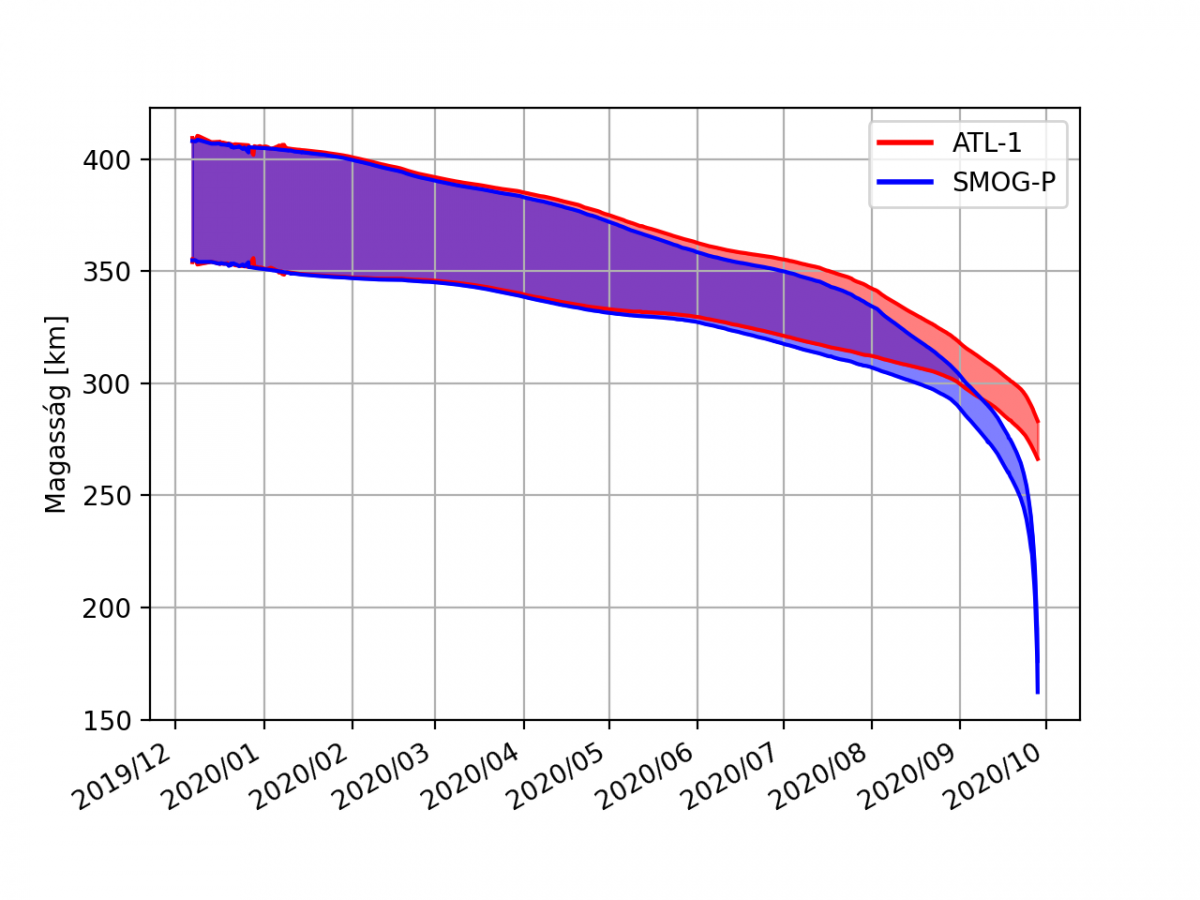2020. October 07.
The Earth-orbiting mission of the BME developed picosatellite has ended: it entered the denser parts of the atmosphere on September 28 2020 and disintegrated.
After spending the sensationally long time of nearly 10 months in space, the world’s first functional pocket-sized (5x5x5cm) satellite, 1-PocketQube burned up in the atmosphere. Despite a planned lifecycle of 3 months, SMOG-P was fully functional even 8 months after its launch. The systems and the backup units were properly functioning and the developers did not detect any circuit failures either. (Editor note: bme.hu reported earlier on the satellite’s launch into orbit.)
SMOG-P is the world’s first functional picosatellite (5x5x5cm)
|
SMOG-P is the first Hungarian 1-PocketQube-sized (5x5x5cm) satellite financed by sponsors and entirely developed at the Budapest University of Technology and Economics under the guidance of the university's professors and with the active participation of its students as part of their academic programme. The project was coordinated by the professors of the Department of Broadband Infocommunications and Electromagnetic Theory at the Faculty of Electrical Engineering and Informatics (VIK). Students from the Faculty of Mechanical Engineering (GPK) and external experts also actively participated in the project. The costs of the launch were financed jointly by the Faculty of Electrical Engineering and Informatics (VIK) and the Ministry of Foreign Affairs and Trade (KKM). SMOG-1 was planned to be deployed in 2017 but the multiple postponements of the rocket’s launch caused uncertainties as to the start of the project. As two flying versions of the satellite were developed, the team was looking for a different deployment option for the unit remaining in Hungary. The new date called for a new name so this unit was named SMOG-P, P standing for precursor. Finally, SMOG-P was launched on RocketLab’s rocket, Electron, from Mahia island, New Zealand in December 2019. In addition to its main mission, the satellite was equipped with a system measuring total ionising dose as a secondary task and it also sent back a variety of on-board telemetry data. |
Hungary’s second satellite was deployed on December 6 2019 and it continuously transmitted measurement data until it burned up. SMOG-P finished its mission, measuring the signals of terrestrial digital broadcast stations transmitted – unnecessarily – into space, i.e. electromagnetic pollution, as a fully functional satellite. The result is an electrosmog map covering the entire surface of Earth. (Editor note: bme.hu reported on the performance of SMOG-P in detail earlier.)

The electrosmog map of Earth
|
Electrosmog is the name given to electromagnetic radiation emitted by electronic equipment, and usually used by people who believe this type of radiation to have adverse effects on human health and, consequently, think that this is a type of pollution we need to protect ourselves from, similarly to smog. Unequivocal scientific evidence confirming these adverse health effects has not yet been found. (Editor note: what is more, experts believe that electrosmog forms a shell around Earth that interferes with radio signals.) |
During the lifespan of SMOG-P, its signals were captured by over 100 amateur radio operators from almost every corner of Earth. The large amount of data the developers were able to collect is partly due to their efforts. In total, more than 238 000 data packages were sent by receivers about the pocket satellite.

Measurement results over Europe (blue) and the Antarctic (grey)
The altitude of SMOG-P’s orbit radically fell in the last few weeks due to the exponential rise in particle density. As a result, it quickly reached the critical altitude of 160–180 km. At this point, it was only hours before the life of the satellite came to an end: within 1 or 2 orbits it burned up in a matter of seconds as it collided with the particles.
Another satellite, which was also developed by the BME but bigger, being 2-PocketQube-sized (5x5x10cm), the ATL-1, and also deployed by Electron last December, is to face the same fate as SMOG-P but, due to its bigger size and weight, is expected to re-enter the atmosphere a few days later. It has also been working very successfully: since its launch, it has been constantly sending the results of the performance of broadcast stations and measurements with heat insulation materials.

The altitude of the orbits of SMOG-P and ATL-1 from launch to re-entry
Hungary’s third picosatellite, SMOG-1 was presented at the Rome-based G.A.U.S.S research institute, a partner institute of Italy’s space agency (ASI) and the engineering and space research faculty of Rome’s La Sapienza University with the involvement of Hungary’s embassy to Italy, in September 2020. Here, SMOG-1 will be loaded onto one of the deployers of Unisat-7, a satellite with a total mass of 32 kg, and is expected to be put into orbit in March 2021.
– GI –


